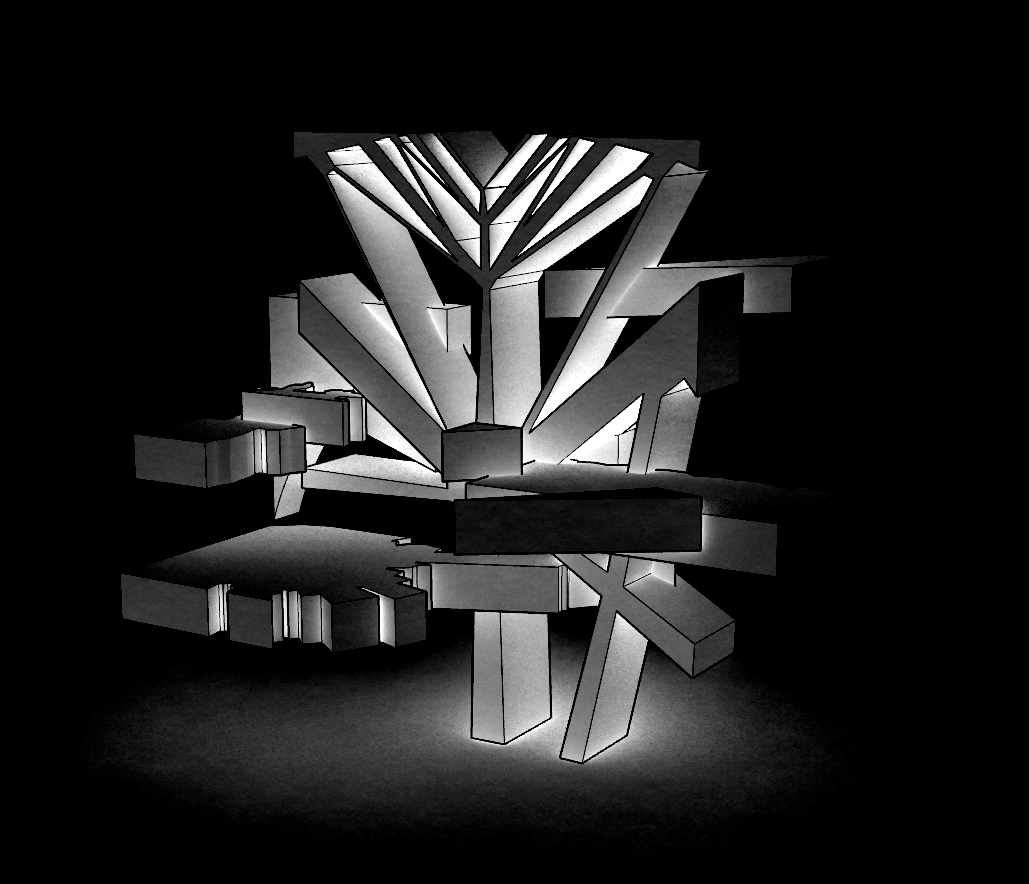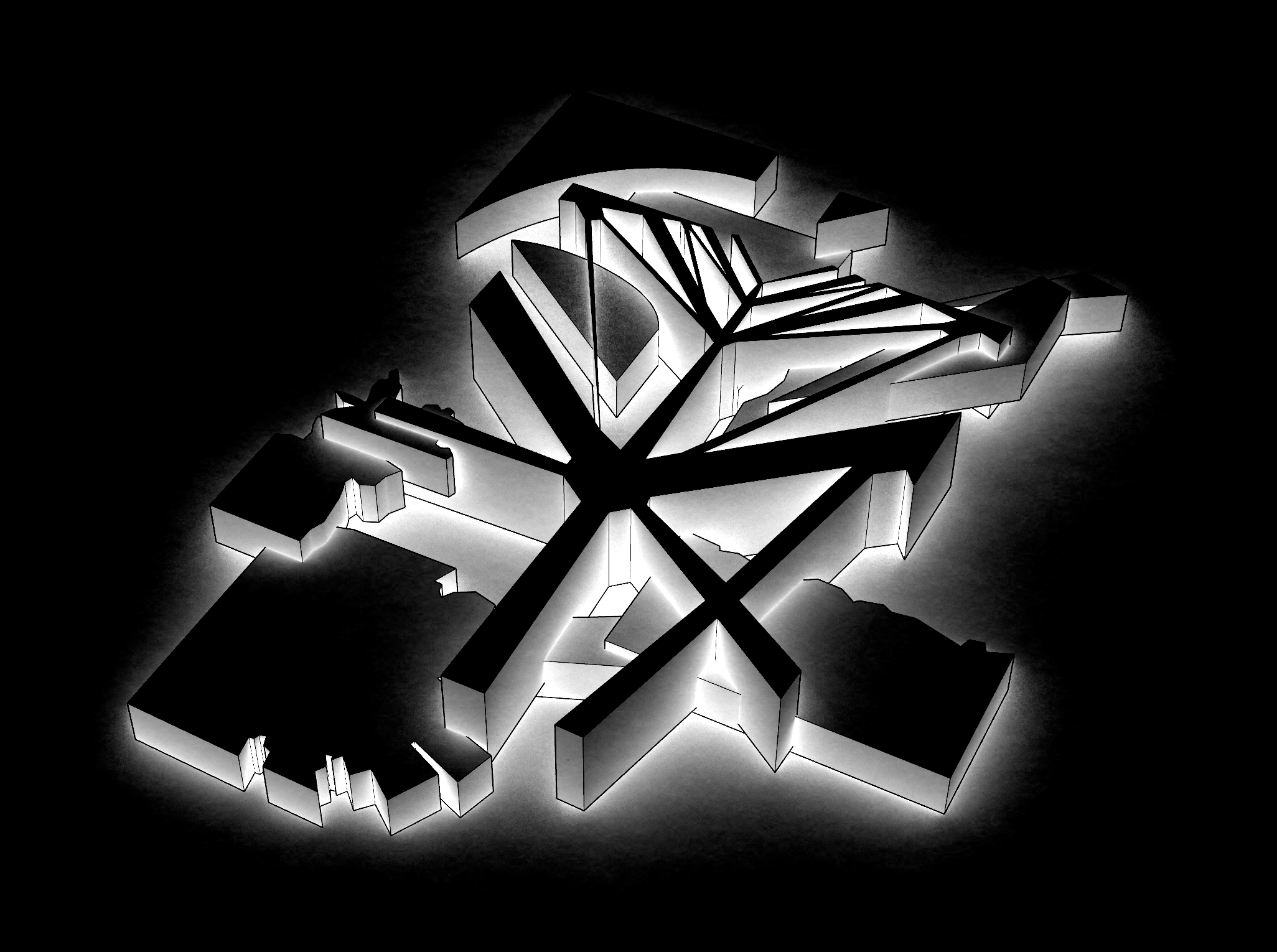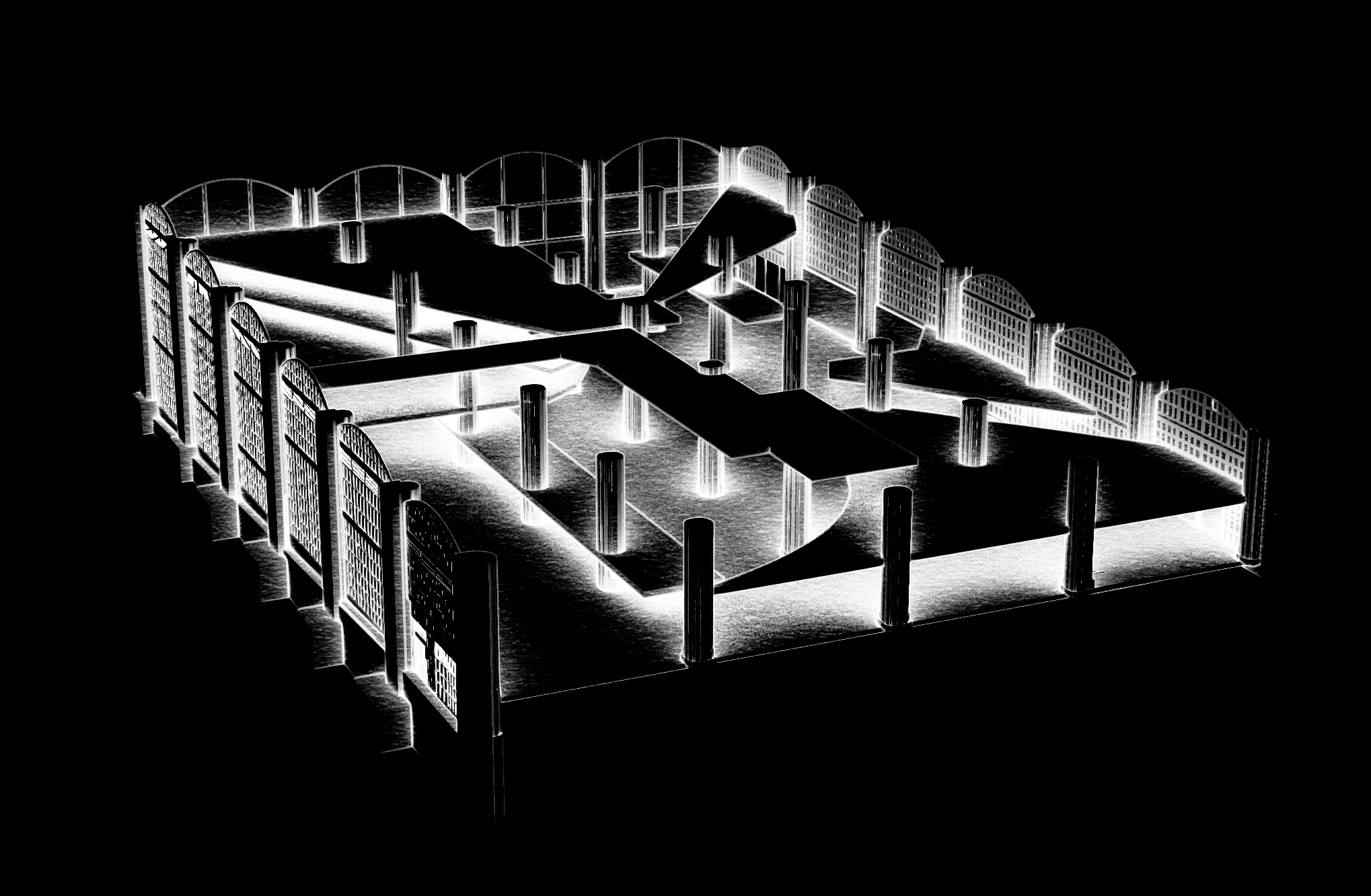
Sustainable Showroom
405 E 59th St, New York, NY 10022
BFA Senior Studio 6
Stability Amidst Uncertainty
Looking back across human history, we stand at an unprecedented paradox – never before have we been simultaneously so powerful yet so vulnerable. The global pandemic forced us to fundamentally rethink our existence, confirming that change remains life's only constant. While COVID-19 transformed our priorities and routines, we continue seeking control and stability in an increasingly volatile world.
Though we lack direct evidence linking climate change to COVID-19's emergence, we understand that climate change is reshaping fundamental relationships between humans and other species – relationships critical to our health and infection risks.
Rising global temperatures drive animal migration toward polar regions in search of cooler habitats. This unprecedented movement creates novel contact between previously isolated species, establishing new pathways for pathogens to find hosts. The same forces driving climate change amplify epidemic risks: deforestation for agriculture leads global habitat destruction, forcing displaced animals into migration patterns that increase interspecies contact and human encounters – creating optimal conditions for pathogen transmission.
Given that humans spend 90% of our lives within interior environments, our responsibility as designers becomes paramount. We must simultaneously address climate change while creating spaces that provide stability amid uncertainty. Our work bridges chaos and comfort, positioning us not merely as designers, but as stewards of human resilience.
Sustainable Material
Architecture transcends mere functionality – it embodies our values and vision for the future. Yet the building sector consumes nearly 40 percent of America's energy while generating equivalent greenhouse gas emissions. Since materials form the foundation of every built environment, I propose establishing a dedicated venue for promoting and distributing sustainable building materials that can mitigate environmental impact while advancing sustainability objectives.
Public unfamiliarity with sustainable building materials, compounded by entrenched economic pressures, creates substantial implementation barriers. Our current system's relentless pursuit of growth and profit generates extensive ecological damage. The prospect of genuinely sustainable solutions challenges existing power structures – established interests prefer maintaining conventional resource consumption patterns and regulatory frameworks. This approach proves fundamentally unsustainable. Human advancement requires innovation, and our survival depends on developing symbiotic relationships with natural systems rather than depleting Earth's finite resources. This equilibrium offers the optimal trajectory for both environmental stewardship and civilizational continuity.
Sustainable, eco-conscious materials extend beyond environmental protection – they cultivate connections between human inhabitants and natural systems, delivering both physical and psychological benefits across species. Implementation challenges remain: nascent environmental technologies often require extended manufacturing timelines and higher production costs, complicating widespread adoption. Nevertheless, momentum builds. The sustainable materials sector introduces innovative solutions while honoring traditional architectural craftsmanship. With growing environmental consciousness among consumers and professionals, increasing sustainability investments, and strengthening regulatory frameworks, we're witnessing a pivotal transformation toward sustainable construction practices.
Proposal
Sustainable design faces persistent perception barriers centered on cost concerns and availability limitations. Both design professionals and consumers hesitate to adopt sustainable alternatives due to widespread misconceptions about sustainable construction, financial apprehensions, and aesthetic preconceptions. Designers often default to established vendor relationships rather than investigating emerging sustainable options or conducting comprehensive material research. Furthermore, sustainable materials are frequently perceived as offering restricted color palettes and limited formal possibilities, positioning them beyond the comfort zones of both practitioners and the public.
My vision challenges these biases by redefining sustainable materials' market perception, demonstrating their diversity, accessibility, and cost-effectiveness. The proposed showroom and installation facility will establish a foundation for enhancing public comprehension and acceptance of environmentally responsible materials. This platform will encourage design professionals to collaborate with vendors in developing sustainable alternatives that meet their established material performance and aesthetic standards.
The project seeks to showcase sustainable materials' extensive range while expanding their aesthetic possibilities. Central to this investigation is achieving optimal equilibrium between visual appeal and environmental performance, demonstrating that aesthetic excellence and sustainability can coexist seamlessly within contemporary design practice.






Floor Plans & Lighting Design
Sections
Renders
Physical Model

























